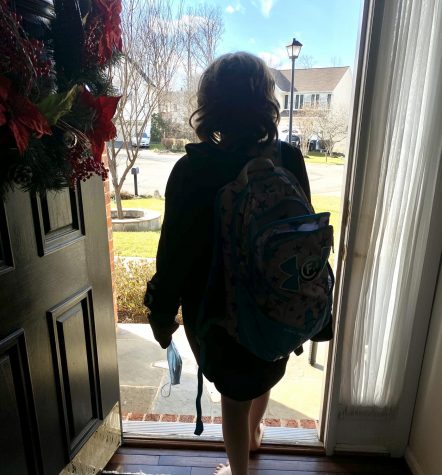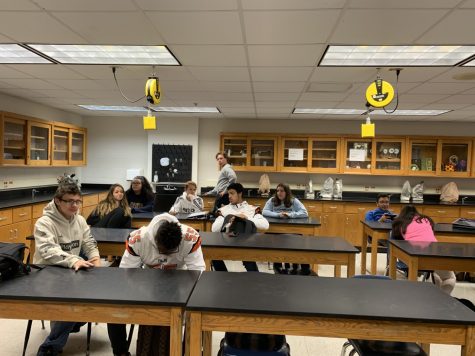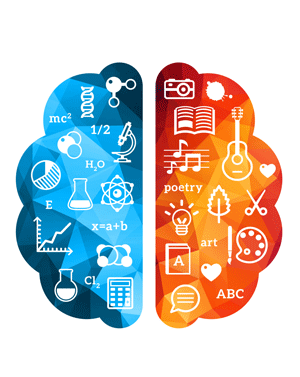The Cons of A Flipped Classroom
November 19, 2019
Flipped classrooms are becoming popular in education. A flipped classroom is a teaching strategy where students take their notes at home and do what would traditionally be homework, in class. These classrooms can be run in a few different ways. Some teachers film videos of themselves teaching lessons for students to watch and others assign textbook pages for students to read. I am not truly learning each unit; I am just trying to get by. — Rachel Simmons
Other teachers want to spend as much time as possible with students as they do the problems. This can help teachers catch student’s mistakes and correct them before students learn it the wrong way. Ms. Ragghianti says, “It’s beneficial in that they [students] would have more time to practice with the material, with the teacher being there.”
Some kids do not learn by sitting in front of a computer and watching a video. Kinetic learners require active participation and hands on learning. Junior Rachel Simmons says, “I am not truly learning each unit; I am just trying to get by.”
In a flipped classroom that uses video for notes, students without internet access or without technology will fall behind. If for one night a student’s internet does not work, the next day in class the student will be substantially behind in the lesson.
It’s difficult for teachers to ensure that students understand the material because the videos are prerecorded, so they have no way to know if students actually understand the material.
To see the positive side of flipped classrooms, click HERE











